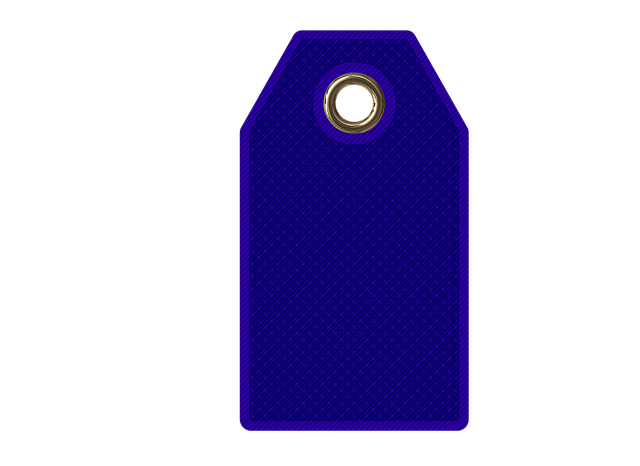In Leeds, non-invasive skin tag removal methods like Leeds Tag Removal have gained popularity as safer alternatives to traditional surgery. Options include cryotherapy (freezing with liquid nitrogen), surgical excision, laser treatment, and topical creams, each offering unique benefits such as quick healing, no incisions, precise results, or affordability.
Skin tags, those small, harmless growths on the skin, can be a nuisance. If you’re seeking non-invasive removal methods, you’re not alone—many are turning away from surgical options. This article explores effective and popular techniques for Leeds tag removal, offering guidance on understanding non-invasive approaches, their benefits, and how to choose the right method for your needs.
Understanding Non-Invasive Skin Tag Removal
Non-invasive skin tag removal methods have gained significant popularity as an alternative to traditional, surgical approaches. These techniques offer a safer and more comfortable option for those seeking to eliminate skin tags without incisions or extensive recovery periods. One such method that has been widely discussed is Leeds Tag Removal, which leverages advanced technologies like lasers and topical creams to target and remove skin tags effectively.
The appeal of non-invasive removal lies in its ability to minimize pain, reduce scarring, and offer quicker recovery times. For instance, laser treatments use precise light energy to destroy the skin tag tissue, while topical solutions work over time to soften and shed the tags. These methods are particularly beneficial for individuals with numerous skin tags or those who prefer a more gentle approach to physical removal.
Popular and Effective Techniques for Leeds Tag Removal
When it comes to non-invasive skin tag removal, several techniques have gained popularity for their effectiveness and minimal downtime. One of the most common methods is cryotherapy, which involves freezing the skin tags with liquid nitrogen. This procedure is quick, usually taking just a few minutes per tag, and is often considered a safe option as it doesn’t require any incisions or anesthesia. Another popular choice is surgical excision, where a doctor gently snips off the skin tag with sterile scissors, ensuring proper healing afterward.
Laser treatment has also emerged as a preferred method for Leeds Tag Removal. This technique uses focused light energy to destroy the skin tag tissue, promoting its gradual disappearance over time. Laser removal offers precision and often provides better results than other methods, although it may require multiple sessions. Additionally, topical creams containing salicylic acid or potassium hydroxide are available for at-home use, offering a more affordable and convenient solution for mild cases of skin tags.
Non-invasive skin tag removal offers a gentle and effective solution for those seeking to eliminate these small skin growths. By understanding the various techniques available, individuals can make informed decisions about their preferred method. From natural remedies to modern technologies, many options provide safe and comfortable alternatives to traditional surgical removal. For Leeds tag removal, exploring these non-invasive approaches can be a smart choice, ensuring effective results without the risks associated with invasive procedures.
